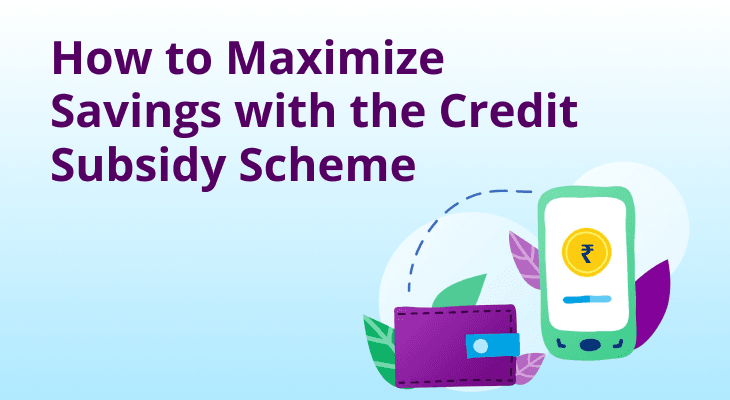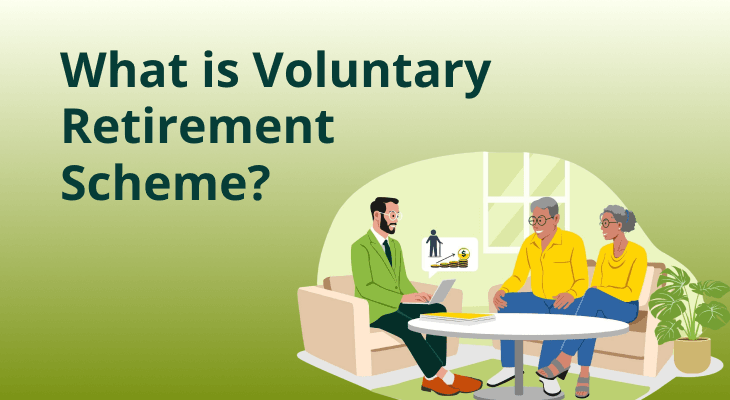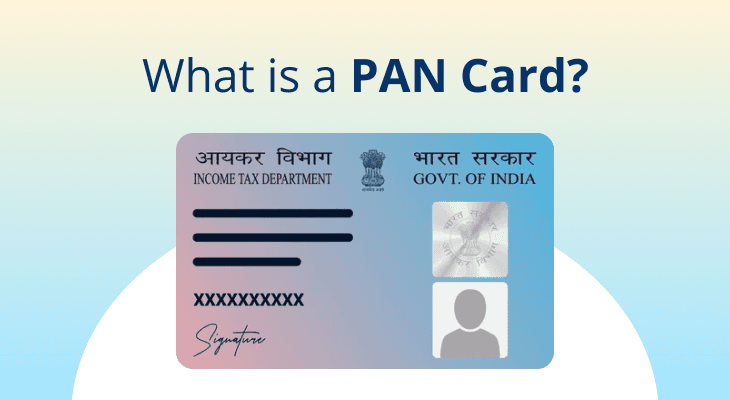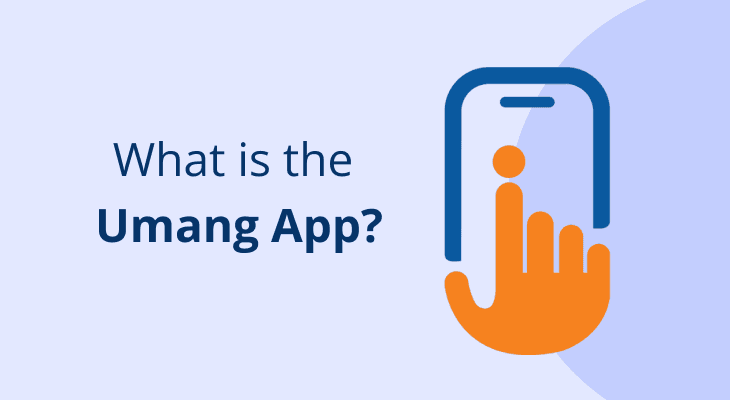
How To Maximise Savings Through The Credit Linked Subsidy Scheme?
Introduction To Credit Linked Subsidy Scheme (CLSS): Affordable Housing For All
The Government of India launched the Pradhan Mantri Awas Yojana (PMAY) in June 2015 with the vision of ‘Housing for All’. A core component of PMAY, CLSS is designed to make home ownership more affordable for families by offering interest subsidies on home loans. This article breaks down how CLSS works, its key features, and how it can help reduce borrowing costs.
Understanding CLSS: Key Features And Benefits
Features Of CLSS
Eligibility
The scheme is available to households falling under the following categories:
Category | Annual household income |
|---|---|
Economically Weaker Section (EWS) | Less than ₹3 lakh |
Lower Income Group (LIG) | Between ₹3 lakh and ₹6 lakh |
Middle Income Group I (MIG I) | Between ₹6 lakh and ₹12 lakh |
Middle Income Group II (MIG II) | Between ₹12 lakh and ₹18 lakh |
Interest Subsidy
The government offers an interest subsidy on home loans from eligible financial institutions. The subsidy rate varies by category:
Category | Maximum carpet area | Subsidy rate | Maximum loan considered for subsidy |
|---|---|---|---|
EWS | 30 sq. m. | 6.5% | ₹6 lakh |
LIG | 60 sq. m. | 6.5% | ₹6 lakh |
MIG I | 160 sq. m. | 4% | ₹9 lakh |
MIG II | 200 sq. m. | 3% | ₹12 lakh |
Loan Tenure
The maximum loan tenure eligible for subsidy is 20 years.
Subsidy Payment
The subsidy is credited upfront as a lump sum amount to the borrower’s loan account, thereby reducing the outstanding principal amount. This, in turn, lowers the Equated Monthly Instalments (EMIs). As per scheme guidelines, the Net Present Value (NPV) of the subsidy is calculated at a discount rate of 9%.
Home Ownership
For EWS and LIG categories, the property must be in the name of a female member of the household, either individually or jointly with a male member.
First-Time Buyers
Applicants should not already own a pucca house in India at the time of application.
Benefits Of CLSS
- Reduces the interest and repayment burden
- Makes homeownership more affordable for low and middle-income families
- Enables a broader group of people to move toward secure housing
- Promotes female ownership or co-ownership of property
How CLSS Leads To Significant Savings
For households with modest incomes, even small savings matter. While the interest subsidy rate under CLSS may seem nominal at first glance, its impact can be significant, especially in the long term. Let’s understand this with the help of an example.
Raghu is a hardworking receptionist with an annual income of ₹2.4 lakh. He inches closer to his dream house by taking a home loan of ₹6 lakh for 20 years at an interest rate of 8.5%. Since he belongs to the EWS category, he is eligible for an interest subsidy of 6.5% on a loan of up to ₹6 lakh.
The subsidy in this case amounts to around ₹2.2 lakh, as per the PMAY NPV Subsidy Calculator. This amount is credited to his loan account upfront, reducing his principal from ₹6 lakh to about ₹3.8 lakh. As a result, his EMI falls from ₹5,207 to ₹3,298. Over 20 years, Raghu saves approximately 4.58 lakh, making a credit linked subsidy scheme home loan both accessible and affordable.
Step-By-Step Guide To Availing CLSS
Here’s how you can maximise savings by applying under CLSS:
Step 1: Go through the eligibility criteria to check if you can avail of the scheme benefits.
Step 2: Approach a participating lender under CLSS.
Step 3: Fill in the CLSS application form and submit it along with the relevant documents.
Step 4: Once your details are verified, the loan amount will be credited to your account. The lender then applies for CLSS with the Central Nodal Agency on your behalf.
Step 5: Once the interest subsidy is credited to your account, the outstanding principal reduces. With a reduced principal, your EMI drops, leading to both short-term and long-term savings.
Common Misconceptions About CLSS
Here are some myths about CLSS:
Myth 1: CLSS is available only for low-income groups.
While CLSS is often associated with low-income households, it is also available for middle-income groups.
Myth 2: Female ownership/co-ownership is mandatory in all cases.
Female ownership/co-ownership is only mandatory for EWS and LIG categories, not for MIG categories.
Myth 3: The interest subsidy reduces the loan interest rate.
The subsidy is credited as a lump sum to the loan account, reducing the principal amount and EMI effectively. It does not directly reduce the lender’s interest rate.
Myth 4: CLSS is available only with banks.
CLSS can be availed through banks, Housing Finance Companies (HFC), and other empanelled lenders.
Myth 5: CLSS is available only for buying a house.
CLSS is also available for constructing a house or making additions such as a kitchen or toilet.
Conclusion
CLSS is a government initiative aimed at promoting home ownership among people with modest incomes. Understanding its features, eligibility criteria, and conditions is key to maximising savings under the scheme.
FAQ
What is the maximum subsidy amount under CLSS?
The maximum subsidy amount varies by income group, with the highest being ₹2.67 lakh for EWS and LIG categories.
Where can I track my CLSS application status?
You can track your application on the CLSS Awas Portal (CLAP) using your login ID and password.
Who is eligible for CLSS?
The scheme is open for people with modest incomes who do not own a pucca house. It covers EWS, LIG, MIG I, and MIG II categories.
How is the subsidy credited?
The subsidy is credited upfront to the borrower’s loan account, reducing the principal and EMIs.
Is female ownership mandatory for CLSS?
Female ownership or co-ownership is only mandatory for EWS and LIG categories.


